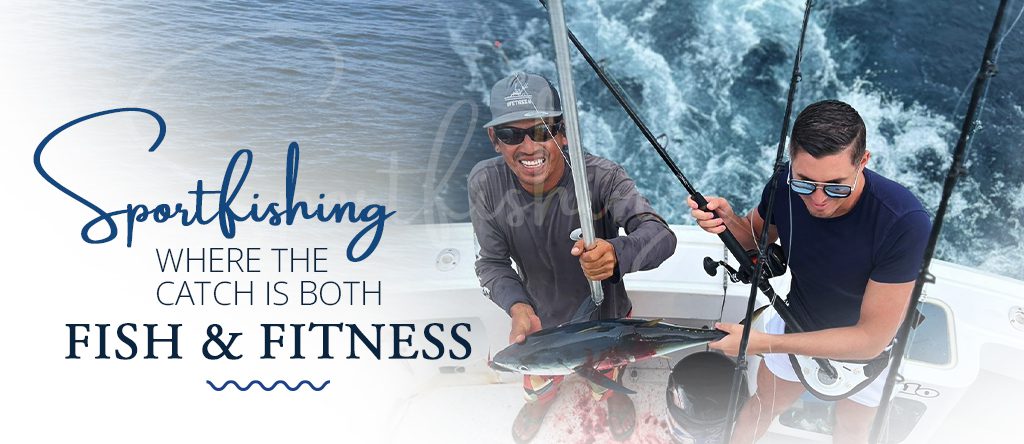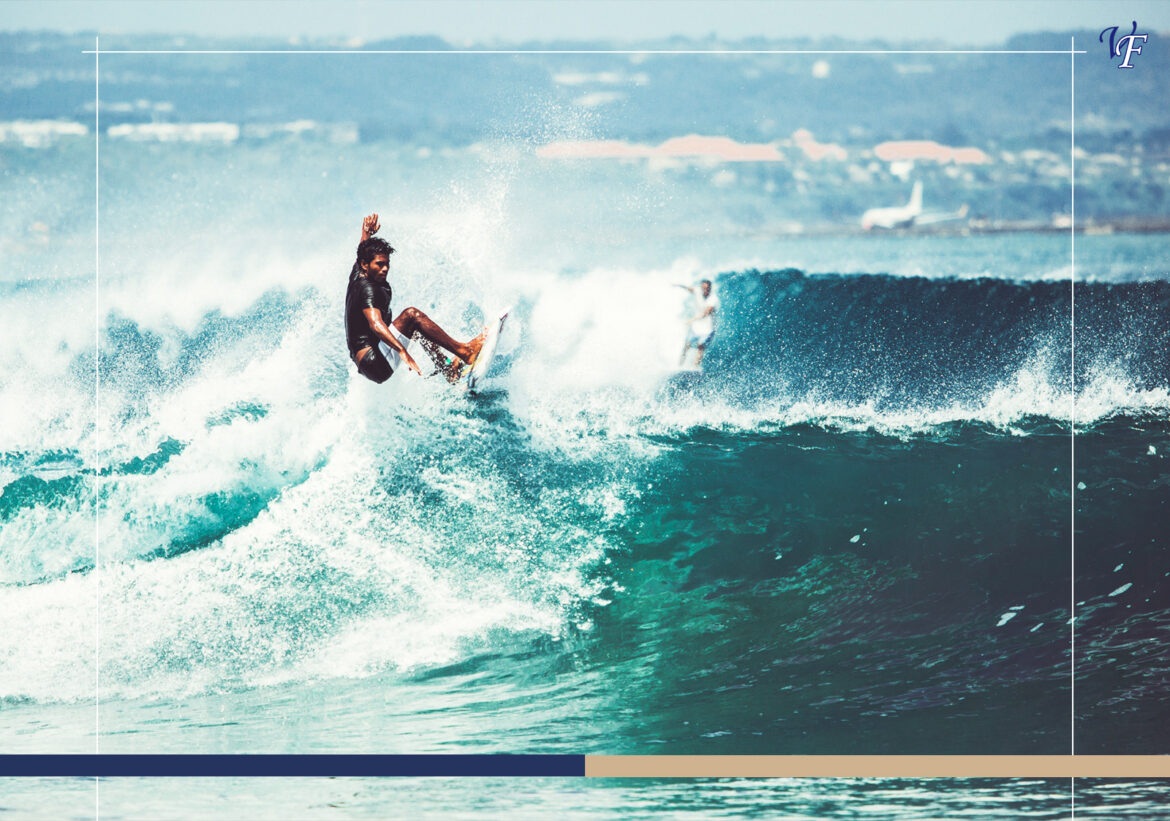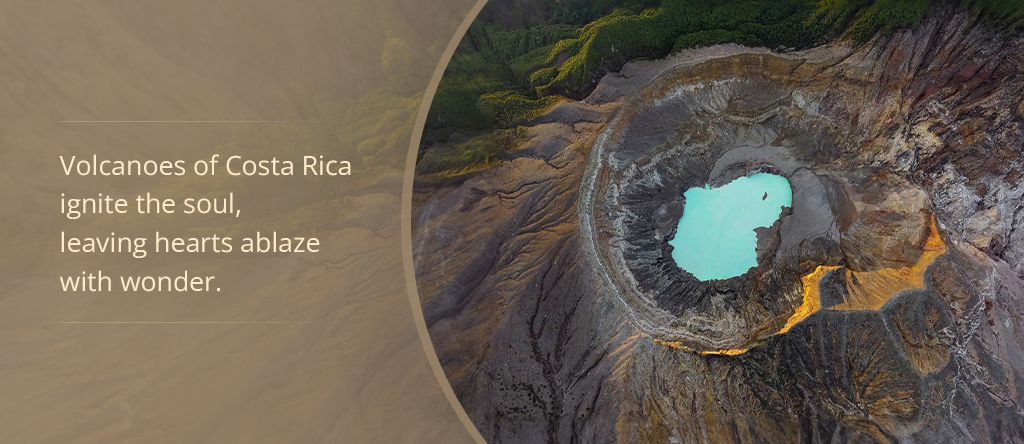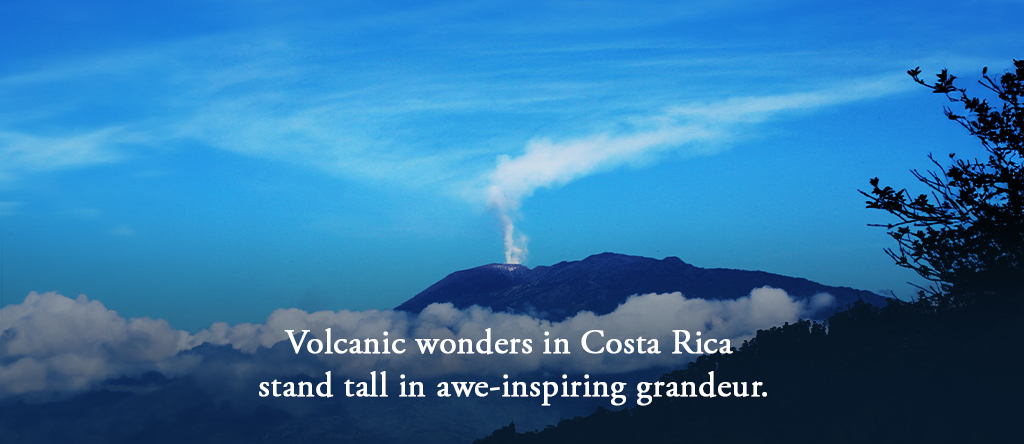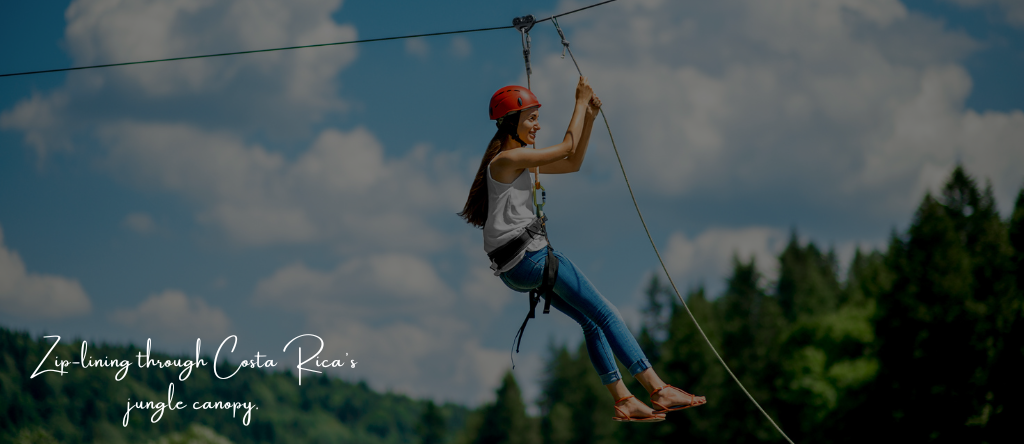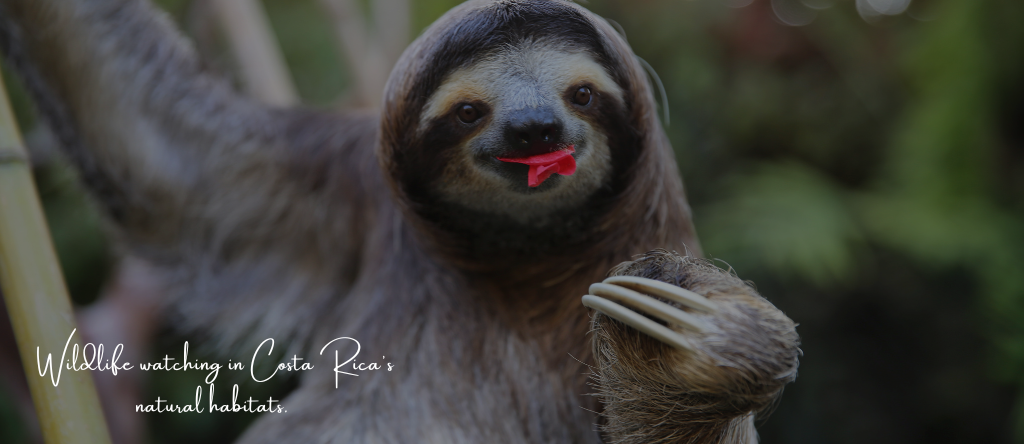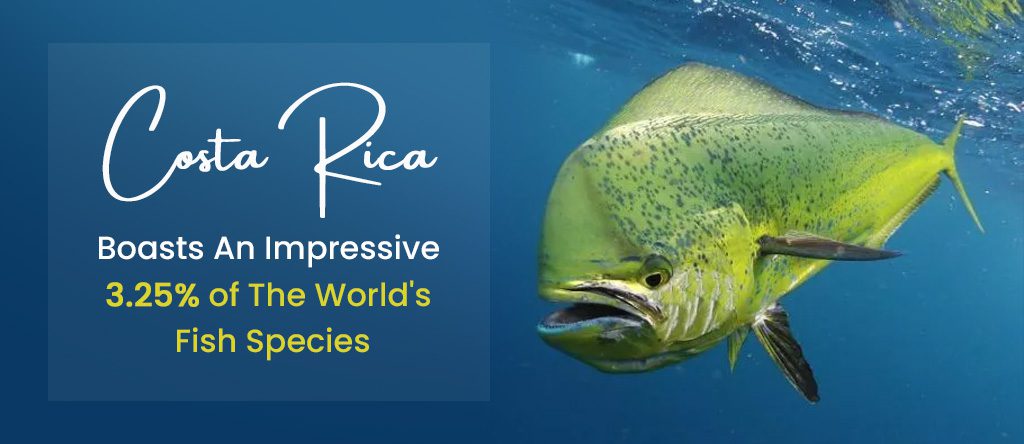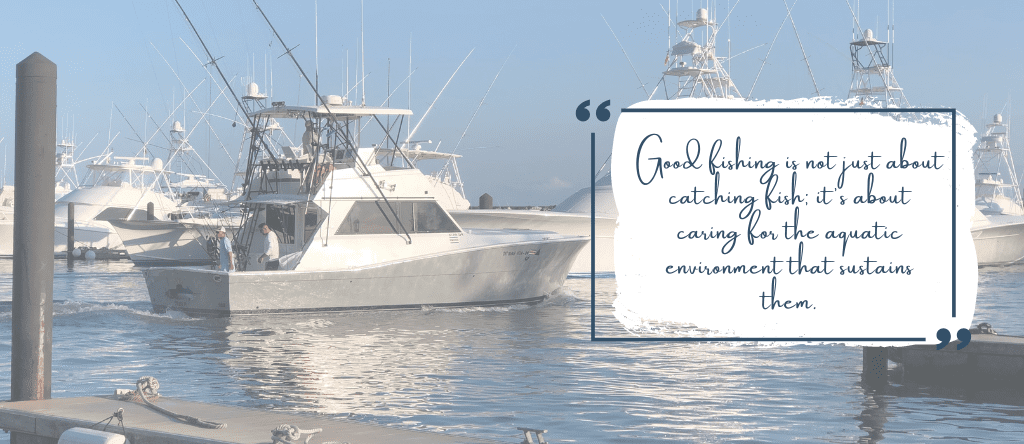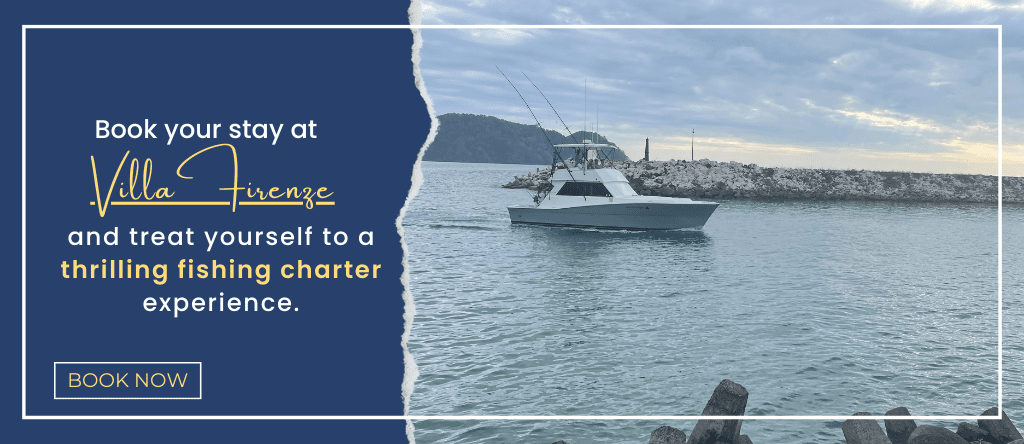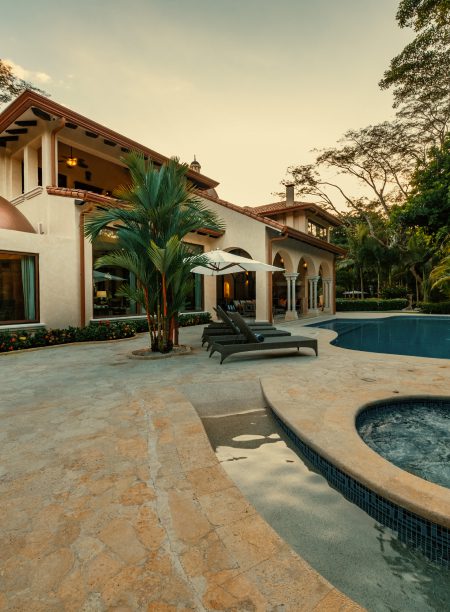Sportfishing in Costa Rica is not just a sport; it’s an immersive experience. For beginners, the thrill of reeling in a magnificent catch against the backdrop of picturesque landscapes is unparalleled. As a newbie, understanding the intricacies of essential gear for fishing which elevate the sportfishing experience from good to exceptional.
Let’s embark on this comprehensive guide to ensure you’re well-prepared for this adventure.
Researching the Fishing Environment
Nestled between the Pacific Ocean and the Caribbean Sea, Costa Rica is a treasure trove for fishing enthusiasts. With such diversity, understanding the distinct fishing landscapes is crucial for a beginner, as each offers unique experiences and challenges. Getting answers to questions like which coast provides the best fishing experience and which are the famous fishing tournaments, there is a lot to know for a hassle-free, successful, and memorable fishing trip to Costa Rica.

Let’s dive deeper:
Coastal Waters:
- Overview: With their gentle waves, the coastal zones are the perfect starting point for beginners. They offer an easygoing environment where one can hone their skills before venturing deeper.
- Target Fish: Primarily snappers, groupers, roosterfish, and jacks. These species stay close to the shoreline, feeding off smaller prey.
- Best Time to Fish: The early morning or late afternoon during high tide can be productive.
- Beginner Tip: Since the coastal waters are more accessible, consider hiring a local guide. Their expertise can be invaluable in identifying prime fishing spots in Costa Rica and techniques.
Offshore:
- Overview: Venturing into the deep blue, the offshore waters of Costa Rica are renowned for their big game fish. While it’s a challenging environment due to the unpredictable nature of the sea and the fight these fish put up, the rewards are unparalleled.
- Target Fish: Sailfish, marlins (blue and black), yellowfin tunas, and dorados are the stars here.
- Best Time to Fish: It varies by species. However, December to April is considered the peak season for big game fish.
- Beginner Tip: Offshore trips are longer and require more preparation. Ensure you’re well-equipped and preferably accompanied by seasoned angels or professional guides.
Freshwater:
- Overview: Costa Rica’s rivers, lakes, and lagoons offer a serene fishing experience, surrounded by lush rainforests and diverse wildlife.
- Target Fish: Rainbow bass, tilapia, machaca, and the elusive tarpon in certain northern rivers.
- Best Time to Fish: Early mornings or late afternoons, avoiding the harsh sunrays, are optimal.
- Beginner Tip: Freshwater fish often respond to different techniques than their saltwater counterparts. Research or consult locals on specific bait preferences and fishing methods.
Identifying where you’ll be casting your line is pivotal. Each environment in Costa Rica offers its own set of challenges and thrills. For beginners, starting with coastal waters, gaining some experience, and then venturing offshore or into freshwater habitats can be a structured approach.
Essential Fishing Gear
Like a painter’s brush or a musician’s instrument, your gear for fishing plays a pivotal role in your overall experience. From the sensitivity of your rod to the type of bait you use, each gear component contributes to your success on the water. This section will dive deep into the fishing gear essentials that every angler, especially beginners, should be equipped with.
Rods and Reels
On a fishing journey, your rod and reel become an extension of yourself, directly impacting your experience and success. Choosing the right combination, tailored for the environment and target species, is paramount. Here’s a simplified guide to help you get started:
Coastal Fishing:
- Medium-action rods: These rods balance flexibility and strength, making them suitable for various species found in coastal areas.
- Spinning reels: Spinning reels, designed for easy casting, are user-friendly and perfect for beginners.
Offshore Fishing:
- Heavy-action rods: These rods feature a more robust backbone and are built to handle larger fish.
- Trolling reels: Specifically designed for dragging bait or lures behind moving boats, they can handle larger, more aggressive fish.
Freshwater Fishing:
- Light-action rods: These are more flexible at the tip and great for detecting smaller bites typical of freshwater species.
- Baitcasting reels: Require a bit of practice but provide accuracy in casting.
- Beginner Tip: Combo sets, which include rod and reel, are often designed to keep beginners’ requirements in mind. They ensure compatibility between the rod and reel, simplifying the selection process.
- Maintenance: Salt can corrode your equipment. Utilize cleaning kits, which include brushes and solutions, to remove salt and grime after every fishing session.
Baits and Lures
Fish, much like us, have their own culinary preferences. The baits and lures can be the difference between an action-packed day and a quiet one. Navigating the vast world of lures can be overwhelming, so here’s a concise list to steer beginners in the right direction:
- Poppers: These surface lures create a ‘pop’ sound to attract fish like roosterfish or jacks.
- Jigs: These weighted lures can be bounced along the bottom, attracting species such as snappers or groupers.
- Soft Plastic Baits: Designed to imitate fish prey like worms or shrimp, they’re versatile and can be used in various fishing environments.
- Spinnerbaits: Their spinning action mimics small fish, making them irresistible to predators.
- Live Bait: Utilizing small fish or shrimp can be incredibly effective, as nothing beats the real thing. Ensure you have a well-aerated bait bucket.
- Beginner Tip: Local tackle shops in Costa Rica are treasure troves of information. Their recommendations on bait and lures will be based on recent fishing trends and species activity.
- Tackle Box: Choose a compartmentalized box. It keeps your equipment organized and easily accessible.
Safety Gear For Fishing
The thrill of fishing shouldn’t come at the expense of safety. The open waters, while breathtaking, can be unpredictable. Whether you’re a seasoned angler or a beginner, prioritizing safety ensures a successful and memorable trip. Below are some essentials to pack for your trip:
- Life Jackets: Ensure they fit snugly. It’s not just about having one but ensuring it’s always worn on the water.
- First Aid Kit: Include seasickness remedies, painkillers, and any personal medication in addition to the basics.
- Sunscreen: Costa Rica’s tropical sun is intense. Ensure applying a waterproof, high-SPF sunscreen every two hours.
- Protective Hat: Opt for one with ventilation holes to cool your head.
- Sunglasses: Polarized lenses reduce glare and help spot fish beneath the water’s surface.
- Safety Whistle: A compact yet loud whistle can signal for help if you’re separated from your group during a sportfishing tournament in Costa Rica.
- Beginner Tip: Share your fishing location, expected time of return, and other trip details with someone who won’t accompany you.
Clothing and Accessories
Comfort and functionality are essential when choosing your fishing attire. The apt fishing clothing protects you and enhances your experience. Here are some staple items and considerations for every angler, especially if it’s your first time:
- Breathable Shirts: Opt for long sleeves for added protection against the sun, even if they’re lightweight.
- Fishing Shorts: Consider fishing apparels with water-resistant materials; they dry faster.
- Non-slip Footwear: Look for shoes with drainage holes; they provide grip and comfort.
- Rain Gear: Quick showers are expected in Costa Rica. A lightweight, packable rain jacket can be a lifesaver.
- Gloves: They can prevent cuts and provide a better grip when reeling in a fish.
- Fishing Hat: Ones with neck flaps provide additional protection against sunburn.
- Beginner Tip: Layering is essential. A cool morning can turn into a scorching afternoon. Being able to add/remove layers provide comfort throughout the day.

Additional Equipment and Considerations
Beyond the essential fishing gear, many other considerations can profoundly affect your angling experience, especially in a biodiverse haven like Costa Rica. In this section, we’ll explore some crucial aspects that often go overlooked but can make all the difference between an ordinary fishing excursion and an extraordinary one.
Fishing Licenses and Regulations
Navigating the legal waters is just as crucial as understanding the actual ones. Costa Rica has a rich biodiversity, and its regulations are designed to protect its marine treasures.
- License Purchase: Before casting your line, ensure you’ve procured a valid fishing license. These can be conveniently obtained at local harbors or online platforms dedicated to Costa Rican fisheries.
- Catch and Release: To sustain marine life, specific fish species, especially those endangered or overfished, are under protective measures. Always release these fishes gently back into the water.
- Bag Limits: Every angler should be aware of how many fishes of a particular species they’re allowed to retain in a day. These numbers ensure sustainability.
- Size Limits: It’s not just about quantity but also the size. Juvenile fish are often released to mature and reproduce.
- Beginner Tip: Bookmark the official Costa Rican fisheries website on your phone. Essential regulations for sustainable fishing might change, and being updated ensures you’re always compliant.
Fishing Electronics and Gadgets
In our digital age, tech tools can significantly elevate your fishing experience. They provide accuracy, safety, and convenience, but knowing your gadgetry is vital. Here is a list to look up to.
- GPS: Modern GPS devices offer topographical details of the fishing grounds, helping you identify potential hotspots.
- Fish Finders: Sonar technology can help anglers track fish movements and determine their depth, providing an advantage over traditional fishing methods.
- Waterproof Phone Case: Our smartphones are multi-tools. Protect them from splashes and accidental drops with sturdy, waterproof cases.
- Radios: VHF radios are a lifeline, enabling communication with other boats, marinas, or emergency services.
- Portable Battery Pack: Long trips drain our devices. Having backup power ensures continuous usage of essential gadgets.
- LED Headlamp: These are hands-free light sources, essential when prepping bait or tackling fish in low light conditions.
- Beginner Tip: Attend a short workshop or watch online tutorials to familiarize yourself with your new gadgets. It’ll boost your confidence and efficiency on the actual trip.
Camera and Recording Equipment
Capturing your marine adventures is about reliving memories and sharing stories. And with the right equipment, you can chronicle every splash and tug.
- Waterproof Camera: Opt for cameras designed specifically for water adventures. They not only capture great underwater shots but also withstand the salty environment.
- GoPro: These action cameras have multiple attachments, allowing for creative angles. Whether it’s on your fishing rod, hat, or the boat’s hull, you’ll get immersive shots.
- Extra Memory Cards: High-resolution videos and images eat up storage fast. Having backup memory ensures you never miss a moment.
- Protective Cases: They guard against shocks, water, and sand. Investing in a good quality case can save you costly equipment repairs or replacements.
- Tripod: Compact, travel-friendly tripods allow for time-lapses or group shots without blur.
- Lens Cleaner: Saltwater splashes or fingerprints can cloud your lens. A simple cleaning kit ensures crisp shots every time.
- Beginner Tip: Before venturing into the open waters, try underwater photography in controlled environments like pools. It’ll help you understand lighting, buoyancy, and camera settings better.
Packing Tips
Fishing in Costa Rica is more than just the thrill of the catch. It’s a holistic experience, encompassing nature hikes, coastal boat rides, and the serene wait for the tug. To make the most of it, you must be thoroughly prepared; packing right is an essential first step.
- Tackle Boxes: An organized angler is a successful one. Tackle boxes with adjustable compartments allow you to categorize and access your gear. For beginners, a medium-sized tackle box with transparent lids might be ideal, enabling quick visibility of its contents.
- Rod Protectors: Your fishing rod is an investment, and it’s also delicate. Rod protectors or tubes protect them from physical damage, especially during long journeys or hiking through dense vegetation. Look for protectors with padded interiors and durable exteriors.
- Reusable Water Bottles: Fishing trips can span hours. Costa Rica, with its tropical climate, demands regular hydration. Opt for insulated water bottles that keep your beverages cool for extended periods. It’s an eco-friendly choice that reduces plastic waste.
- Backpack: You might be on a scenic hike when venturing to freshwater locations. A good backpack, preferably waterproof, is essential to carry basic fishing gear, snacks, and personal items. Ensure it has padded straps for comfort and multiple compartments for organization.
- Packing List: Before your trip, draft a detailed list of needed items. As you pack, check off each item. This systematic approach ensures nothing is forgotten. Over time, as you gain more experience, this list can be refined based on what you use the most.
- Check Airline Restrictions: If flying to Costa Rica, airlines have specific regulations for sporting equipment. Some restrict rod lengths, while others classify certain tackle items as hazardous. Always consult your airline’s guidelines before heading to the airport to avoid any last-minute hassles.
- Beginner Tip: It’s natural to be prepared for every scenario, but overpacking can be cumbersome. For your initial trips, focus on the fishing essentials and fishing calendar. It is important to prioritize quality and reliability over quantity. As you gain more experience, you’ll understand what you truly need and what can be left behind.

Conclusion
Embarking on a sportfishing journey in the pristine waters of Costa Rica might seem challenging for a beginner, but with the right tools and insights, it becomes an unparalleled adventure. While being equipped with gear is essential, arming yourself with knowledge is equally crucial. That’s where Villa Firenze steps in. Offering an all-inclusive fishing charter as part of their package, every piece of basic fishing equipment discussed in this guide is available onboard their vessel. This ensures guests of Villa Firenze not only experience the thrill of sportfishing but also do so with utmost convenience and safety. So, book this luxury villa in Costa Rica and dive into a fishing escapade that isn’t just about the catch but also about crafting memories that will last a lifetime.




